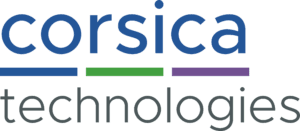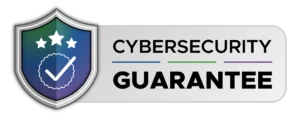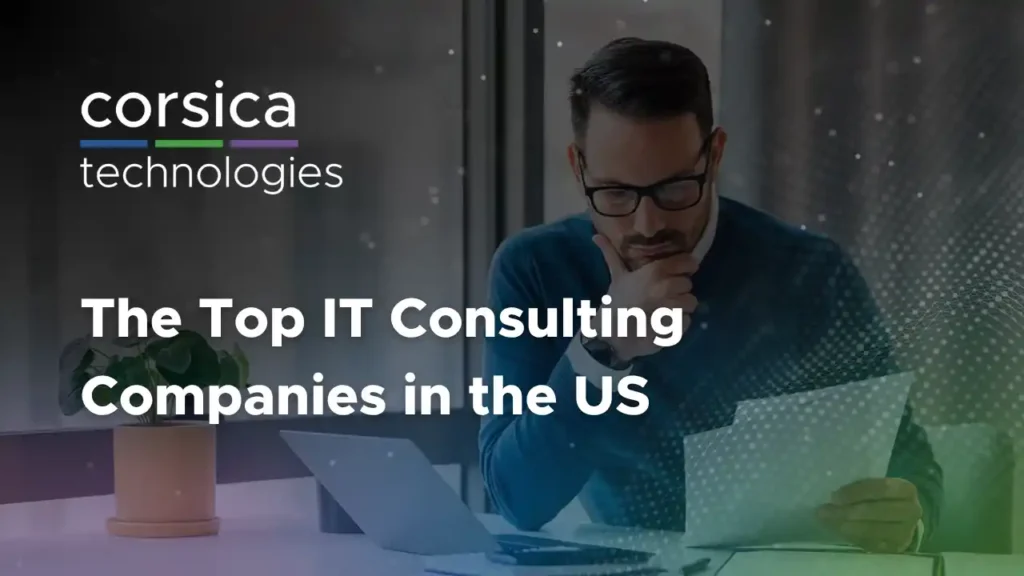Cybersecurity solutions are a key component in healthcare IT support. From achieving HIPAA compliance to protecting ePHI (electronic protected health information), healthcare providers face unique challenges that aren’t found in other industries.
So what do cybersecurity solutions look like in healthcare?
How can you implement and manage them?
Here’s everything you need to know.
Key takeaways
- HIPAA’s “addressable” loopholes have been closed. All security measures are now required.
- HIPAA requires continuous risk management. Compliance isn’t a one-time project.
- Top cybersecurity solutions in healthcare include network monitoring, phishing awareness training, and data encryption, both at rest and in transit.
- IoMT (internet of medical things) devices require unique cybersecurity solutions to address their vulnerabilities.
What is healthcare cybersecurity?
Healthcare cybersecurity encompasses a range of security controls, systems, policies, and personnel that all work together to protect healthcare systems and data, including patient data, from cyberattacks. In the United States, HIPAA regulations play a significant role in healthcare cybersecurity, dictating the types of solutions that are required by law.
Here are the pillars of healthcare cybersecurity:
- Continuous HIPAA compliance
- Regular cybersecurity training for doctors, nurses, and staff
- 24/7/365 network monitoring
- Security controls for IoMT devices

How does HIPAA impact cybersecurity solutions in healthcare?
HIPAA has an enormous impact on healthcare cybersecurity solutions in the US. The law dictates cybersecurity requirements in several areas of healthcare operations.
Here are the most significant impacts of HIPAA.
HIPAA mandates security controls
The HIPAA Security Rule requires healthcare organizations to implement administrative, physical, and technical safeguards to protect ePHI. Recent updates in 2025 make these measures stricter:
- Encryption of ePHI is now mandatory at rest and in transit.
- Multi-Factor Authentication (MFA) is required across all systems, for all users.
- Regular risk analysis, which can be achieved through risk assessments and/or penetration testing.
- Network segmentation is now mandated. This can be achieved through Zero Trust principles and architecture.
HHS is closing the “addressable loopholes” in HIPAA
In the past, HIPAA labeled some security measures as “addressable.” Many healthcare providers used this loophole to avoid adopting the measures. In 2025, HHS is eliminating the distinction between “required” and “addressable” measures. All measures are now required.
HIPAA requires continuous risk management
HIPAA compliance isn’t a one-time project. The moment a healthcare provider achieves compliance, they must maintain it on a continual basis.
Here are some of the primary tools for achieving continuous HIPAA compliance:
- Vulnerability scans (every 6 months)
- Penetration testing (every 12 months)
- Real-time network monitoring through MDR (managed detection and response)
- Incident response plan on file, roles assigned, personnel trained

How can hospitals and clinics protect patient data from cyberattacks and breaches?
Properly implemented HIPAA controls go a long way to protecting ePHI from cyberattacks and data breaches. The key here is a layered approach to cybersecurity strategy—one that leverages the right people, processes, and technology.
Here are the high-level ways that hospitals can protect patient data.
- Protect the network with firewalls, MDR (managed detection and response), strong wi-fi encryption protocols, and regular penetration testing and vulnerability scanning.
- Align access controls with PoLP (principle of least privilege) so that no user has access to information or systems that they don’t need.
- Encrypt ePHI, both at rest and in transit.
- Train staff regularly on cybersecurity, particularly phish testing awareness.
- Implement an incident response plan so that everyone knows what to do in the case of a cybersecurity incident. Test the plan regularly with incident response drills.
What are the most common cybersecurity risks in healthcare environments?
Here are the most common cybersecurity risks faced by healthcare providers.
- Phishing attacks. If a user clicks a link in a malicious email, hackers can gain access to critical healthcare systems and patient information.
- Ransomware. Since healthcare providers deal with sensitive patient information, ransomware is a constant threat. In this type of attack, hackers encrypt sensitive data and hold it for ransom. They may not unencrypt the data even if the healthcare provider pays the ransom.
- Insider threats. Whether intentionally or unintentionally, healthcare workers can expose sensitive data or systems through the privileged access that they have.
- Unpatched systems. Patch management is challenging in every industry, but especially in healthcare. Every system must be kept up to date with the appropriate patches.
- Legacy systems. Not every healthcare IT system was built after the advent of HIPAA. Some systems are difficult to keep patched, secured, and integrated with other systems. They represent unique vulnerabilities that hackers can exploit.
- Vulnerable IoMT devices. IoMT (internet of medical things) machines represent unique security risks, as they’re rarely built around secure-by-design principles.
- DDoS attacks. In a distributed denial of service (DDoS) attack, hackers overwhelm a system with bot traffic, creating an outage. This can be catastrophic in a healthcare scenario.
What cybersecurity solutions protect against ransomware and phishing in healthcare environments?
Ransomware and phishing require unique cybersecurity solutions in the healthcare industry. Here’s what it takes to defend against each type of attack.
1. Ransomware protection in healthcare
- Regular patch management
- Regular vulnerability scanning and remediation
- 24/7 network monitoring through MDR (managed detection and response)
- Zero Trust architecture
- Cybersecurity awareness training for employees
2. Phishing protection in healthcare
- Phishing awareness training for employees
- Email security software to block suspicious emails
- Browser security software to block suspicious sites
What is the vulnerability of connected medical devices (IoT/IoMT) and how can they be secured?
IoMT (internet of medical things) devices represent a unique security risk for healthcare providers. These machines aren’t always designed with the highest security built in. Here’s what healthcare providers should do to secure IoMT devices.
- Implement network segmentation and Zero Trust principles for every IoMT device.
- Regularly patch IoMT devices to keep them secure.
- Enforce secure, encrypted protocols for data transfer between devices.
The takeaway: Implement the right cybersecurity solutions for healthcare
Healthcare cybersecurity doesn’t have to be overwhelming. The right solutions and the right team will help you comply with HIPAA, protect patient data, and keep critical operations running 24/7. Here at Corsica Technologies, we’ve helped 1,000+ companies solve their technology problems. Contact us today, and let’s explore cybersecurity solutions for your organization.

Want to learn more about healthcare cybersecurity?
Reach out to schedule a consultation with our security specialists.












